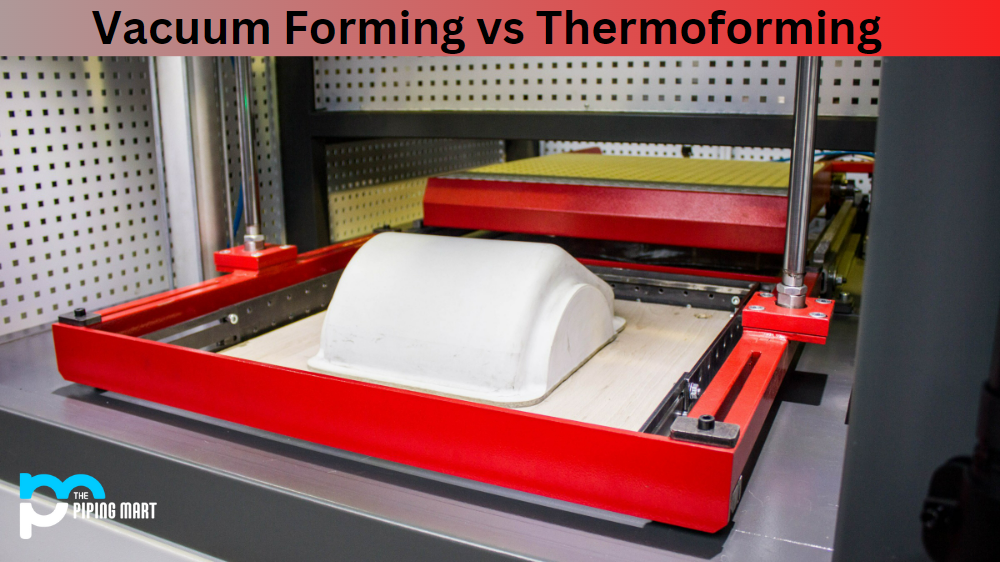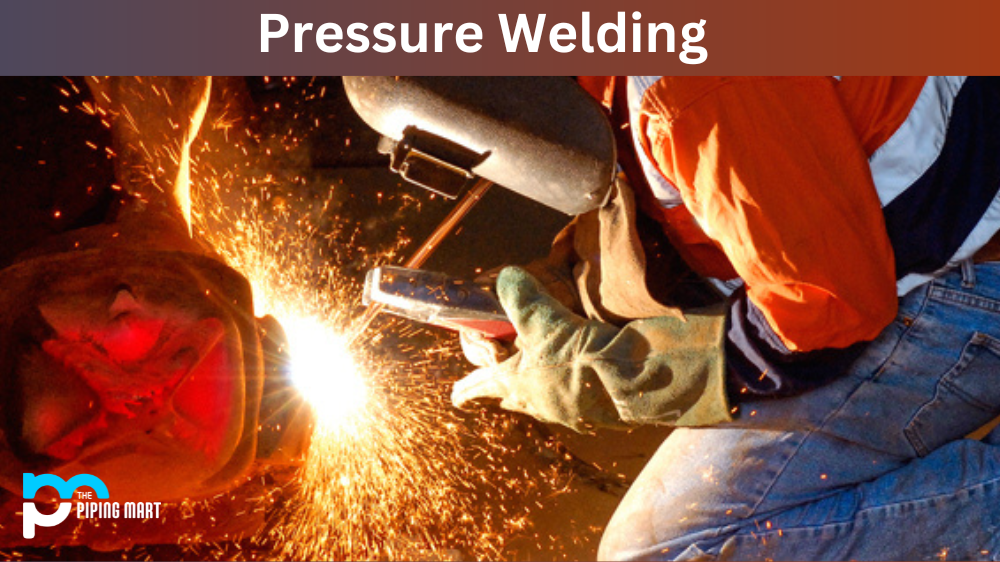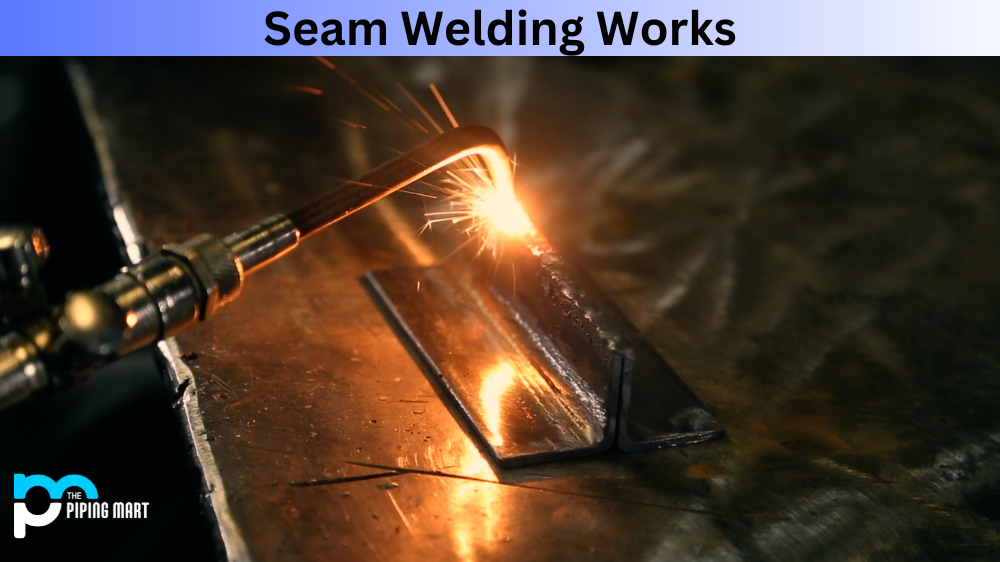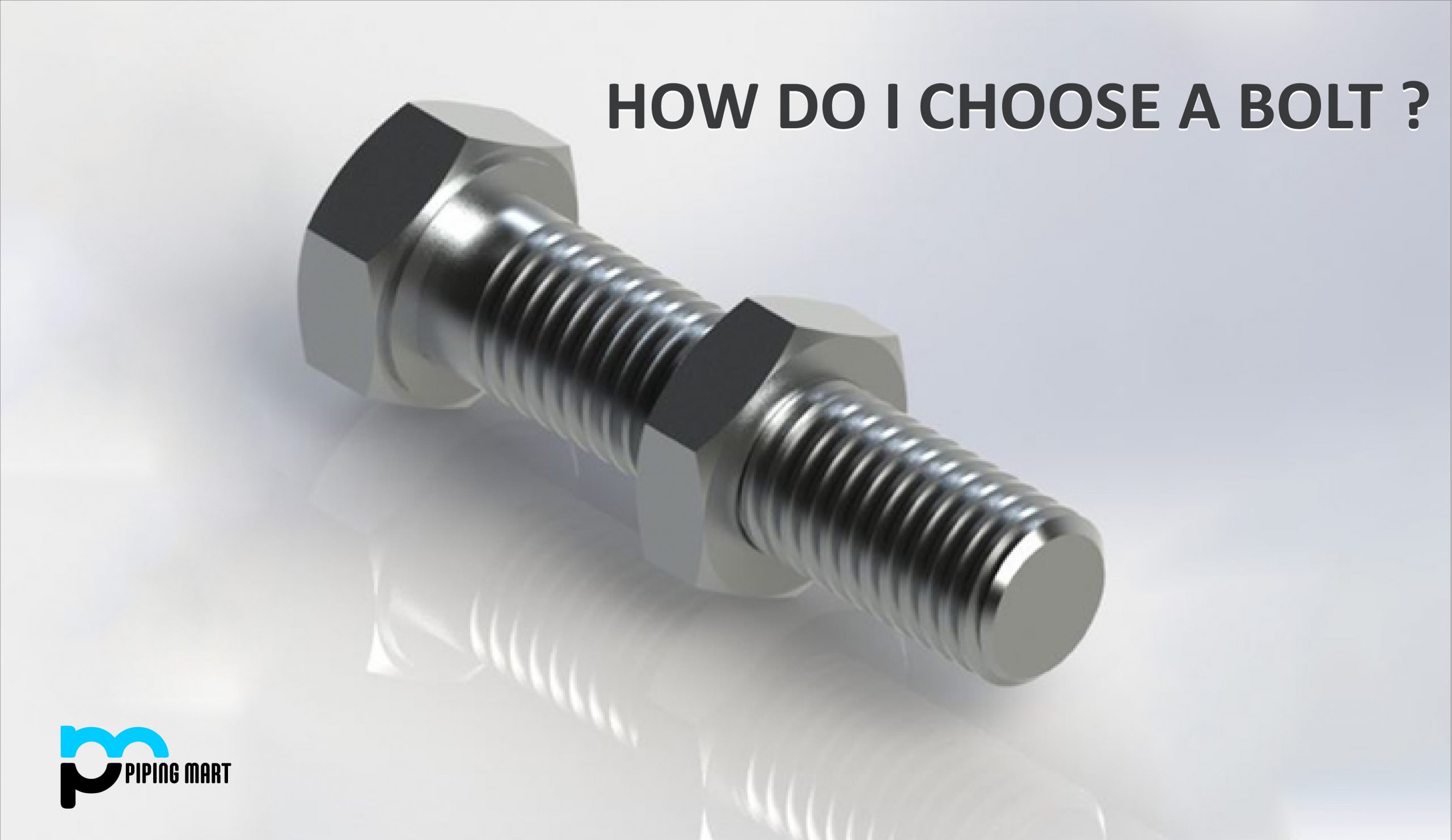If you need to create parts and components for your business or industry, one of the most reliable ways is through a thermoforming process. This involves heating a plastic sheet and then forming it into the desired shape using a vacuum. However, there are two different types of thermoforming: vacuum forming and thermoforming. So what’s the difference between these two processes? Let’s take a look.
How Vacuum Forming Works
Vacuum forming is the most common type of thermoforming. It involves heating a plastic sheet until it becomes malleable and then pushing it onto a mould with negative pressure (a vacuum). As the name implies, this process uses negative pressure to form the material into its desired shape. The result is an accurate, repeatable part or component that can be used in various applications.
The main advantage of vacuum forming is that it’s fast, cost-effective, and can be used to produce large parts quickly and accurately. It can also easily produce complex shapes, making it suitable for intricate designs. The downside is that because negative pressure must be applied during the process, there is some risk of damage to delicate parts or components due to overworking or stretching.
How Thermoforming Works
Thermoforming takes vacuum forming one step further by using positive pressure instead of negative pressure when forming materials into their desired shape. In this process, a heated plastic sheet is placed onto a mould which has been preheated to speed up cooling time after the material has been formed against it. Positive air pressure is then applied on top of the sheet to ensure an even distribution throughout the entire surface area being formed.
The benefit of this method is that it produces more accurate results than vacuum forming, as there’s no risk of overworking or stretching delicate parts during formation. Additionally, because positive air pressure applies constant force rather than intermittent negative suction like traditional vacuum forming methods do, thermoformed parts have improved dimensional accuracy and greater detail retention—making them ideal for highly detailed components like medical devices or automotive engine covers where tight tolerances are essential for proper operation of these items in their intended environment.
Difference Between Vacuum Forming and Thermoforming
Advantages of Vacuum Forming
One of the main advantages of vacuum forming over thermoforming is that it can be used to create larger objects. Additionally, vacuum forming typically produces less distortion of the finished product than thermoforming. Finally, vacuum-formed products tend to have smoother surfaces than those made through thermoforming.
Advantages of Thermoforming
One of the main advantages of thermoforming over vacuum forming is that it can be used to create complex shapes that would be difficult or impossible to create using vacuum forming. Additionally, thermoformed products tend to have a higher level of detail than those made through vacuum forming. Finally, thermoforming requires less energy than vacuum forming, making it more environmentally friendly.
Disadvantages of Vacuum Forming
One of the main disadvantages of vacuum forming is that it can only be used to create relatively simple shapes. Additionally, vacuum-formed products tend to have rougher surfaces than those made through thermoforming. Finally, vacuum forming requires more energy than thermoforming, making it less environmentally friendly.
Conclusion:
Whether you need to form large parts quickly or create intricate designs with great accuracy, thermoforming can provide reliable results regardless of whether you choose vacuum forming or thermoforming methods. With either option, you will receive durable parts for use in various industrial applications while still providing excellent detail retention and dimensional accuracy when needed for more complex projects such as medical device manufacturing or automotive engine covers fabrication! By understanding both processes better, you’ll be able to make an informed decision about which method best suits your needs depending on your project’s requirements!

Abhishek is a seasoned blogger and industry expert, sharing his insights and knowledge on various topics. With his research, Abhishek offers valuable insights and tips for professionals and enthusiasts. Follow him for expert advice on the latest trends and developments in the metal industry.




